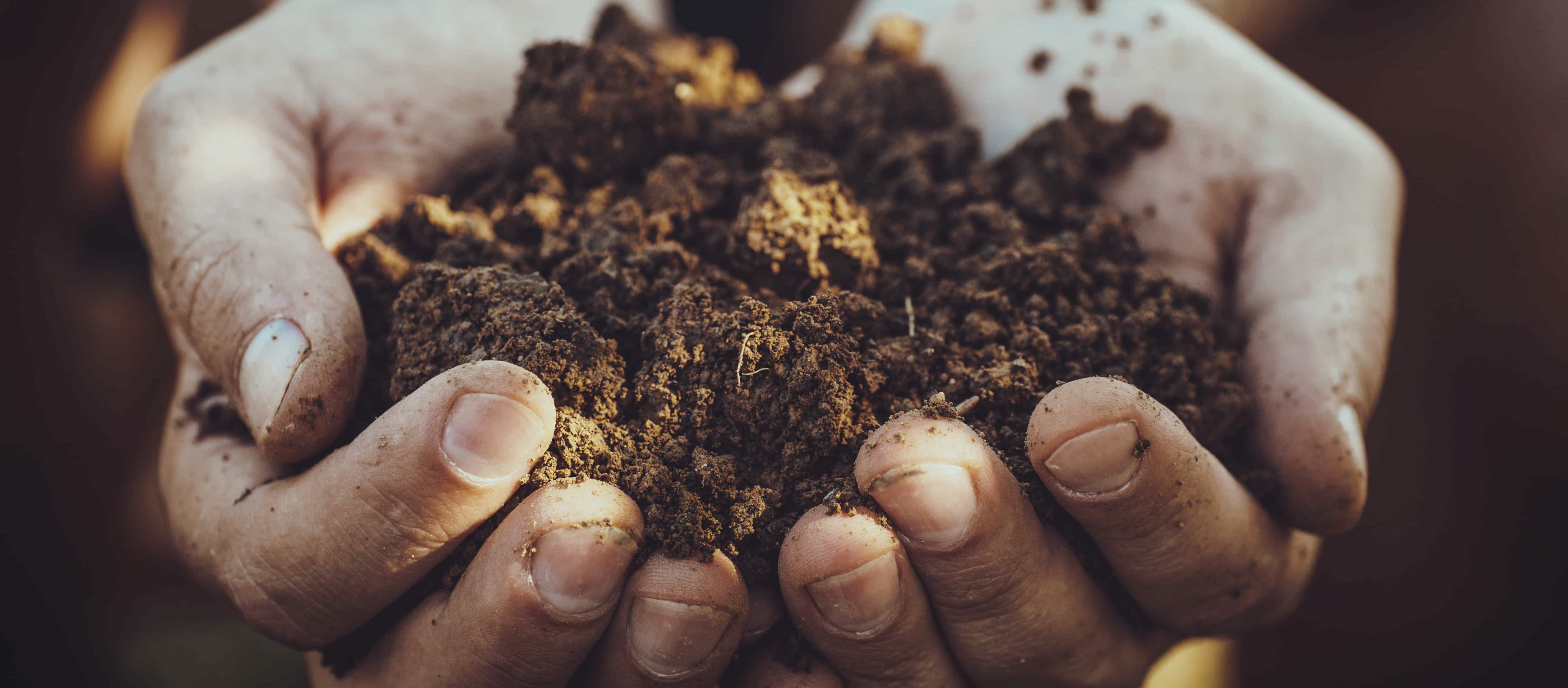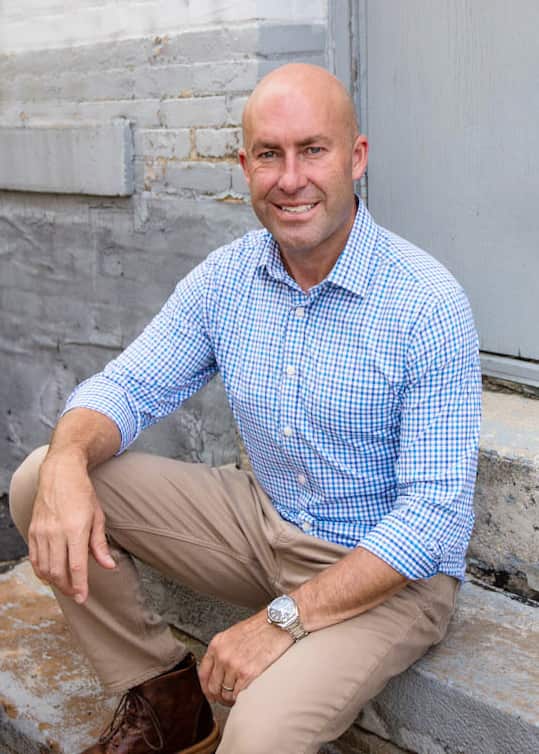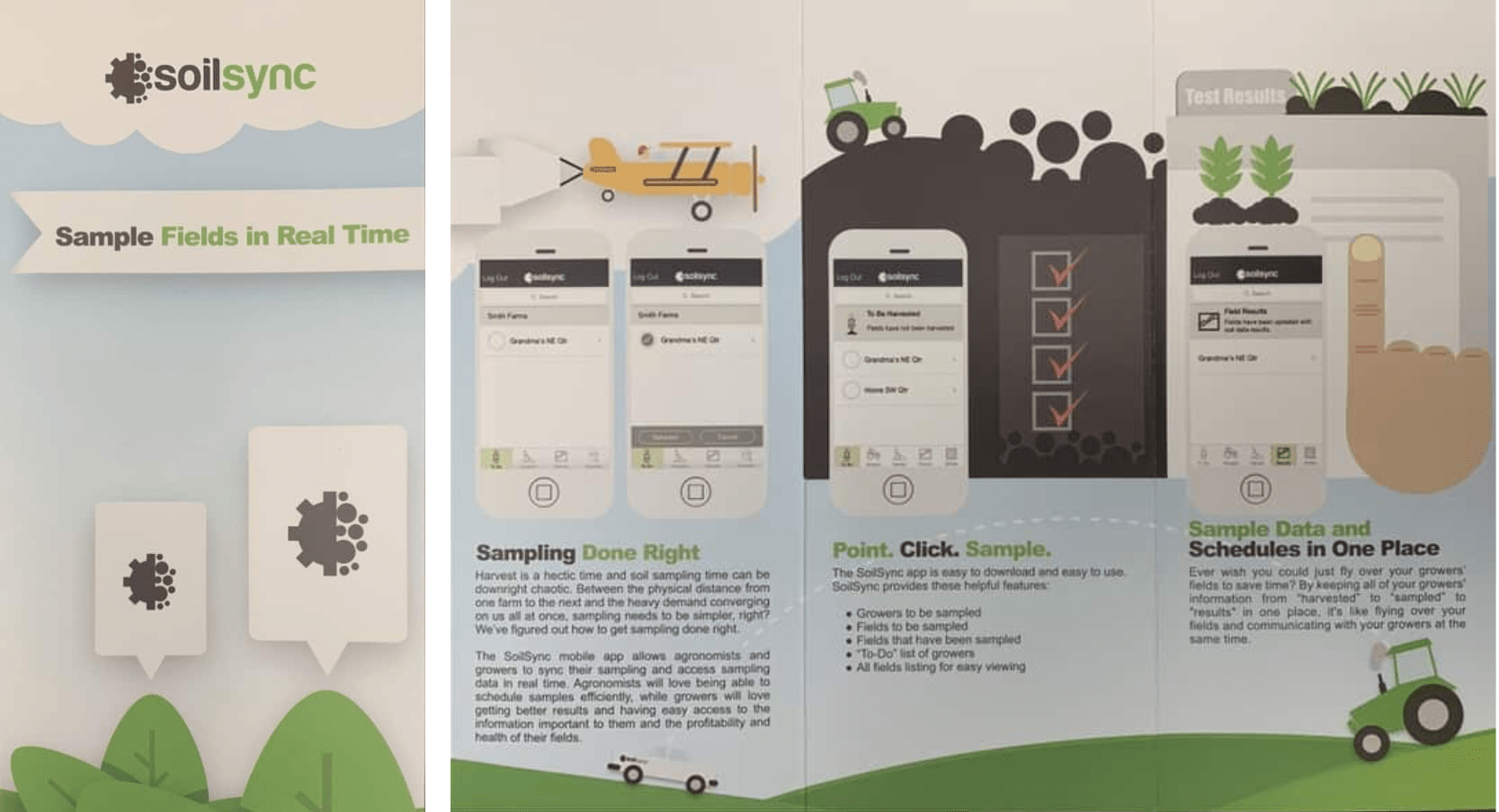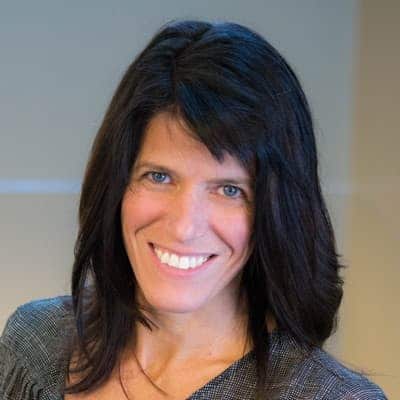It’s just dirt, right? Digging into soil health with Cory Oberlander of Agveris.

Note: As of 12/4/2023, the app listed here, SoilSync is not longer available
At FarmQA, we’re focused on providing the best digital tools for agronomists and growers to map, and monitor soil health. Our summer blog series has covered a number of topics related to soil health including:
- An in-depth look at cover-cropping
- Forty years of conservation ag
- Measuring and managing soil compaction
- Providing digital tools like chemical recommendations

Growers are proud stewards of the land and always looking for ways to grow more crops—even better—on the land they have. And that leads us to our latest conversation with one of the region’s top experts on soil fertility, Cory Oberlander of Agveris.
Cory received his education at North Dakota State University, majoring in Crop Science with a minor in Soil Science. His firm provides consulting and fertility management services to clients across the United States and covers more than 100,000 acres. Through the use of complete and accurate soil tests, field-tested, recalibrated algorithms, and other soil chemistry intricacies, his team delivers a fertility package tailored to the soil. We wanted to learn more and Cory was happy to answer a few questions for us.
What is unique about Agveris’ soil fertility program?
Many of the university programs create a fertility recommendation that will cover the whole state. We dive into the uniqueness of soil types, different applicator types, and different fertilizer types, and then we fine-tune the recommendation based on soil chemistry analytics. If you send a soil sample to the lab, they will provide a fertilizer recommendation that is pretty good, but there is room for it to be adjusted because of the potential for many anomalies. Following are some examples of anomalies:
- Whether the application of the fertilizer is broadcast, deep band, or strip band
- What type of fertilizer the grower is using to supply the needed nutrient for the plant
- What is the tillage type that the grower uses
- Whether they use a pop-up fertilizer application when they plant their crop
- Whether they apply in the spring or fall of the year
The soil lab’s general fertilizer recommendation is maybe 70 - 75% accurate, and we can improve the fertilizer recommendations results so they’re 99.9% accurate. I was fortunate enough to work with a few soil chemists about 15 years ago, and from what I learned from them, we developed the Agveris program to work with our clients. We use a series of algorithms for each nutrient that takes into consideration all of the anomalies listed above. Each recommendation is custom made for each grower, for each field, and for each crop.
On average, are farmers building up their fertility "bank" for future generations or is it being depleted?
I would say that the fertility bank is being maintained, if not depleted, unless the grower owns the land. Looking back to 2005 in the US, about one-third of land was rented; now, as much as 65-70% is rented. With that being said, building fertility levels up can be expensive, so the duration of the land lease is something that is considered. Growers are more likely to invest and maintain or build levels if they have a longer land lease (7-10 years), but now most of the land leases are much shorter (1-3 years), so growers really need to make sure they’re maintaining but not building if they have a chance of losing the lease.
Landowners are starting to enforce fertility practices. We can provide consultation to landowners regarding fertility practices that should be included in leasing agreements. For example, you might have a landowner that hasn’t been involved for a few generations and they are no longer in the area; we will help to make sure they are represented and not taken advantage of. We will verify that the fertility requirements are being met in the agreement. We don’t want a large farm to come in and drain the fertility resources of the fields and then move on.
We also represent the grower that is about to rent land. Growers understand the expense of bringing the fertility levels up and want to know an accurate measurement of the fertility before they make that decision. For most of the clients that we work with that want to take on more land, we ask them to take a soil sample before they make the decision. They need to understand the fertilizer needs to get to the yields they want.
You’re not really a technology company per se, so what’s the story behind SoilSync?
SoilSync is a communication tool we use to connect the soil sampler team with the growers. When they are done harvesting, they click a button to message that the field is ready for a soil sampling.
We’re adamant about taking a soil sample directly behind a combine. Tillage equipment will dramatically change the soil composition and the soil sample results can become skewed or inaccurate, so timing soil sampling is very important. The idea for our SoilSync app was born from a need to improve communication. At the time, I thought "someone must already have a tool for this.” We researched it, our patent attorney researched it, and finding nothing, we worked with Myriad Mobile (now Bushel) to build the app based on our grower’s needs.

Are growers pretty open to adopting new technology?
I have seen geographical pockets that adopt technology rapidly. Some growers want the end result and don’t have the time to invest in learning new technologies. Farmers want to focus their time in the field and don’t want to invest the office time that some technologies require. I have also seen that farmers often look to what their neighbors are doing to make sure they are keeping up. The Silicon Valley thinks it can provide solutions that will help the ag industry, but if the technology takes the farmer away from their field, they are likely not going to adopt that technology as quickly as the people in the glad office buildings anticipate.
What are the general trends that you have seen in fertility?
A few of the trends we’re seeing include:
Split application of fertilizer
“Split application” is when growers make two or more fertilizer applications during the growing season rather than providing all of the crop's N requirements with a single treatment prior to, or at, planting. We see more and more split application of nitrogen. That is due to government requirements that are starting to mandate it.
Changes in fertilizer types
- Less anhydrous ammonia
- An increase in nitrogen application which is pushing down the pH level
- A fundamental shift to more liquid fertilizer, applied in split application. Liquid fertilizer can be purchased during the off season when the price drops 15-30%
Nutrient deficiencies
We are starting to see sulfur deficiencies in many states which many think is a newer trend, but I believe it’s been around for 10-15 years.
What nutrients should a grower have a lab test for and why?
When we do soil tests, we use MidWest Labs. We like to do a full test so everything is tested from soluble salts to bicarbonate levels, micronutrient levels, pH, sulfur, base saturation, along with the NPKS ppm. Some agronomists will do just a basic soil test, but we mandate the full soil test to start fixing some of the overlooked issues.
What's the proper soil sampling depth when sending in samples?
With no-till practices, some will argue about the ideal soil sampling depth, but four inches is the preferred depth. With conventional tillage practices, 0-6 inches is preferred. Most nutrients are not soil mobile and about 93% of all nutrients are taken up in the 6-7-inch root ball of a corn plant. So, we sample a depth of 0-6 inches, and we are very precise with this measurement. Most nutrients are not moving below this 6-inch profile.
You have customers across the US. Are there different government compliance regulations that you must consider?
Yes, one example is our clients in Ohio. They now require anyone handling fertilizer that contains phosphorus to be licensed. The license is intended to increase education and keep nutrients from leaving the fields. The certification requirement is in response to concerns that phosphorous from farm fields contribute to the blue-green algae in Lake Erie.
Many states that are along the Mississippi watershed have changed their protocols regarding nitrogen application. One example is that split application of fertilizer is now required and also most states have or are starting to ban and Fall applied nitrogen.
The change in administration in 2016 impacted the requirements and so we are looking to see what happens with this election. This gives growers three to four years to get comfortable with the current regulations.
There's an age-old topic of zone versus grid sampling. Where do you stand and why?
I am a huge proponent of zone sampling because of the ROI aspect. You can fine-tune your fertility and seeding needs based on good management zones. By contrast, grid sampling is fine if it is an acre or smaller grids. If you pull 8-10 soil cores per grid, it can start to get very expensive to sample one-acre grids and the ROI drops significantly.
Has the pandemic impacted your relationship with growers or changed how you do business?
Not really. We were already using DropBox for file sharing and communicating with email. We do have a very specific protocol for collecting soil samples, so as long as our clients understand our protocol, we can work with them remotely and they do their own soil collection. Now we are also using Zoom to replace any of the in-person meetings we would have had.
What else should growers consider when it comes to soil health?
Farmers will invest a lot of time and money into equipment and selecting seed variety and these are very important. But then fertility needs can be overlooked. This is unfortunate because fertility significantly contributes to the final yield. I encourage growers to seek out experts in this area because it can transform their farm.
For more information about Cory and the services his team provides, visit the Agveris website. And, as always, we invite you to learn more about FarmQA soil sampling, scouting, and recommendation writing tools.




